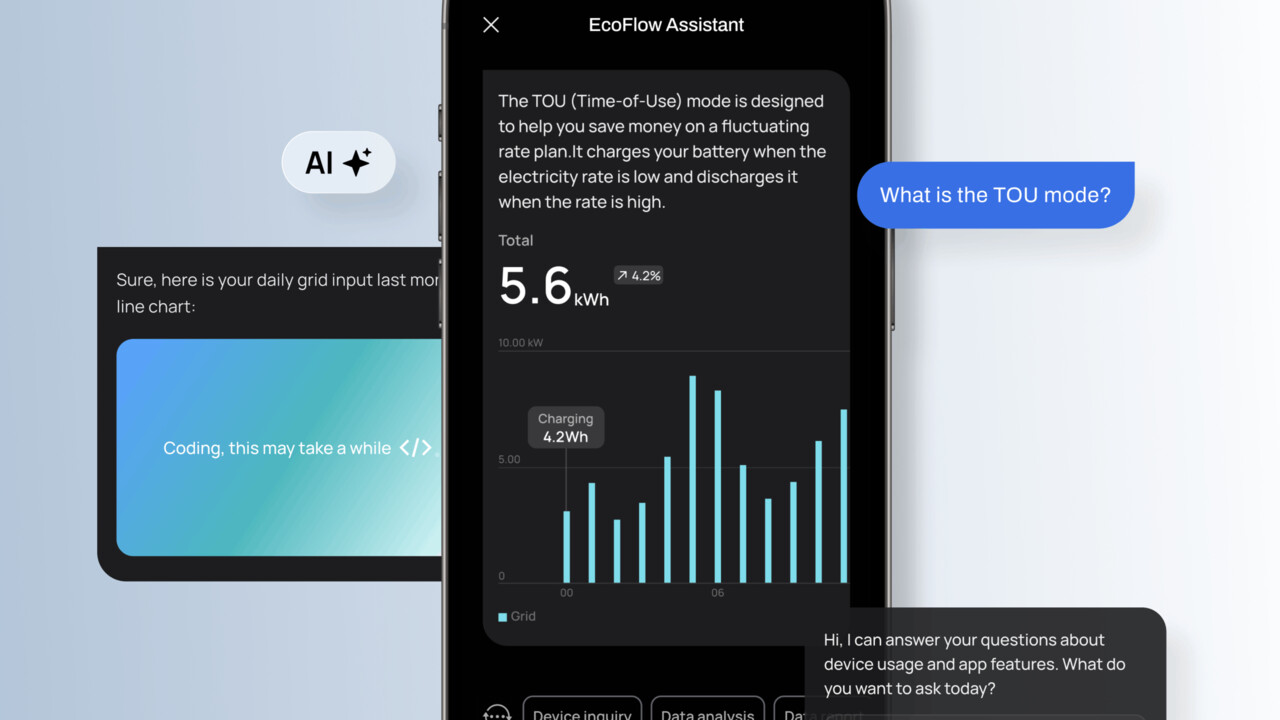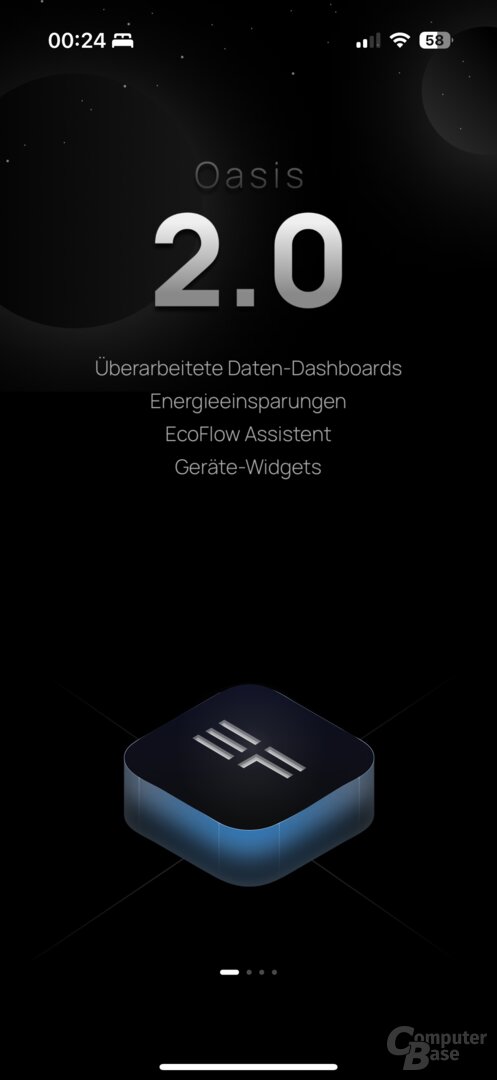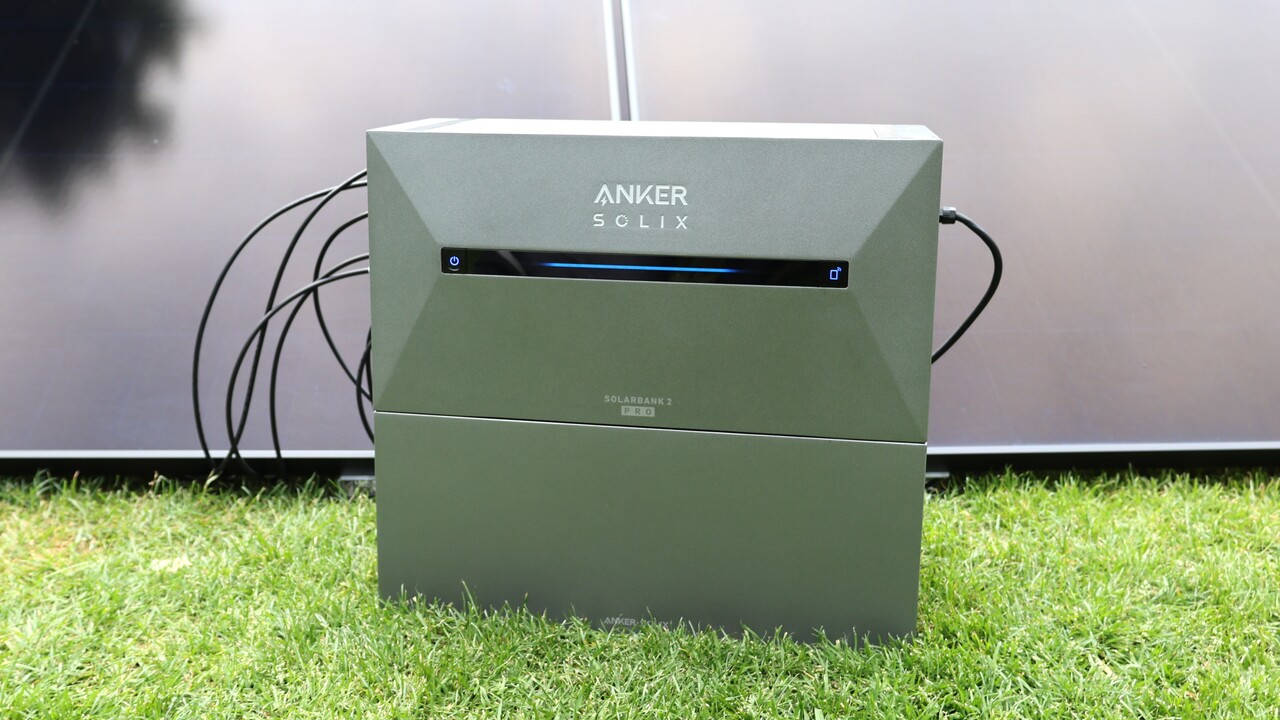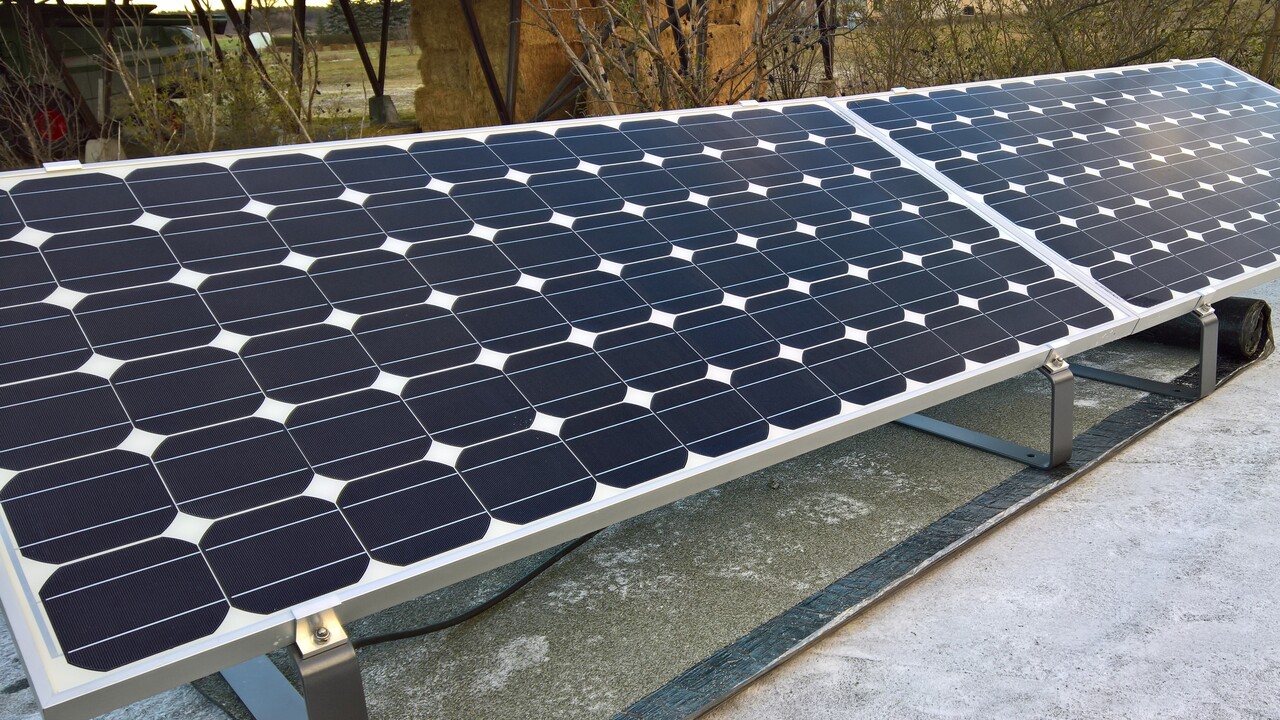EcoFlow in the interview: More details on energy and solar optimization with Oasis 13 comments

Image: EcoFlow
With Oasis, EcoFlow released an AI-driven tool for the EcoFlow app at CES, intended to help users optimize their own consumption, reduce energy costs and store energy in their solar systems as easily as possible. possible. Techtip clarifies further details and requirements in an interview with EcoFlow.
EcoFlow Oasis not only offers an integrated AI voice assistant that can help, for example, create optimized energy plans and statistics, but also uses current data such as weather conditions, dynamic electricity tariffs, current consumption of the household and data integrated into the system via Important Devices.
Oasis is now available in the EcoFlow app, but the new voice assistant is not yet available in Germany.

New functions in the EcoFlow application Image 1 of 6
Peter Linghu from EcoFlow in an interview
Techtip spoke with EcoFlow’s Peter Linghu to find out more about the system itself and its future development. Peter Linghu is Director of Product Strategy and Development at EcoFlow and is therefore largely responsible for the development of Oasis.
Techtip: “Compatibility and scalability: How well does OASIS work with existing EcoFlow systems like the DELTA Pro 3? What are the minimum requirements to use OASIS? »
Peter Linghu: “Almost all EcoFlow product series – DELTA (including DELTA Pro 3), RIVER and PowerStream – are fully compatible with OASIS. The minimum requirement to use OASIS is a single EcoFlow device connected to the EcoFlow app.
Products that are not directly controlled through the EcoFlow app, such as portable solar panels, will not work with OASIS alone. However, they can be integrated into the EcoFlow ecosystem, centrally managed by OASIS, ensuring seamless scalability and compatibility.
Techtip: “Usage scenario: can you describe a usage scenario for a typical customer? For example: You have a small, 800W peak solar system at home, like the EcoFlow PowerStream, and you use Smart Home primarily for lighting. How can such a customer benefit from OASIS? »
Peter Linghu: “OASIS offers a range of great features that help typical customers maximize the benefits of their energy systems. For example, a typical customer might own a small, 800W peak solar system, like the EcoFlow PowerStream, and use smart home devices primarily for lighting.
With OASIS, the time-based usage strategy intelligently reduces electricity costs by optimizing energy consumption during peak and off-peak periods. In self-consumption mode, solar energy is prioritized for powering the home – for example to power intelligent lighting systems – rather than reinjecting energy into the grid.
Additionally, OASIS allows fully customizable and automated programs to charge, discharge and manage devices such as smart lights. These schedules are based on electricity rates, solar production models and specific user needs, providing a simple and flexible way to reduce energy costs without sacrificing comfort.
Techtip: “AI model: What AI model is the smart assistant in the EcoFlow app based on, e.g. B. ChatGPT?”
Peter Linghu: “The EcoFlow app’s intelligent assistant uses OpenAI‘s GPT model for its natural language communication interface. However, given the limitations of general models in the provision of professional energy services, EcoFlow has developed its own deep learning model specifically for energy management.
This custom model, combined with a library of professional energy data that EcoFlow has built over the years, powers the intelligence and functionality of the smart assistant, OASIS.
Techtip: “Language Assistant: How robust and flexible is the voice assistant when handling more complex requirements? Can it respond to multi-level or dynamic commands? What languages are supported?
Peter Linghu: “The OASIS intelligent energy assistant is designed to handle complex requirements and respond to multi-step or dynamic commands. However, these advanced features are not currently available to all customers as we continue to expand AI capabilities and language support. Currently only English is supported.
Techtip: “Subscription: Are you considering introducing a subscription model for certain features in the future? »
Peter Linghu: “Yes, we are currently exploring the introduction of a subscription model for some advanced features. This allows us to offer users expanded capabilities while maintaining a robust feature set within the existing ecosystem. Stay tuned – we will keep you informed of future developments.
Techtip: “AI Integration and Decision Making: How exactly does EcoFlow OASIS AI analyze data in real-time and what algorithms and data are used to create personalized recommendations and automation?
Peter Linghu: “OASIS collects information such as weather data, electricity rates, solar production patterns, household appliances, storage units and consumption patterns. This data is processed in real time, performing predictive analysis using a neural network and other advanced optimization algorithms that EcoFlow has developed and trained specifically for energy management.
These algorithms analyze patterns and trends to create personalized recommendations and automate tasks such as power distribution, charging schedules and device management. This ensures efficient and economical use of energy, tailored to individual needs.
Techtip: “Data sources and data protection: Which data sources does EcoFlow OASIS use for energy optimization and how is user data protection guaranteed when processing this data? »
Peter Linghu: “OASIS uses external data sources such as weather forecasts and electricity rates to optimize energy. Within the ecosystem, information such as solar production patterns and consumption habits are collected, but only with the user’s explicit permission.
To ensure user privacy, EcoFlow attaches great importance to data security and complies with all international and regional regulations and standards. The company has several data security compliance certifications. Data processing is carried out by trusted service providers such as AWS (Amazon Web Services) and Microsoft Azure in the United States and Europe, ensuring secure and reliable management in accordance with industry standards.
Techtip: “Solar Power Optimization: Can the system prioritize solar power for specific devices and provide adaptive distribution in times of shortage? » What components are needed for this?
Peter Linghu: “Yes, OASIS manages to optimize solar energy through staggered load control. It can prioritize solar power for specific devices and distribute power adaptively during shortages. This is achieved through components such as smart plugs or similar control devices (e.g. those compatible with Google Nest or the Matter protocol), as well as a connected EcoFlow storage system such as DELTA or PowerStream.
OASIS monitors solar production and energy consumption in real time, turning specific devices on or off or charging the battery based on available solar energy. This ensures efficient energy use and adaptive distribution, even with limited solar production.
Techtip: “Charging priority during power outages: How does the system determine which devices have priority during a power outage? Can users manually adjust this priority? »
Peter Linghu: “Yes, OASIS determines charging priority during power outages based on predefined parameters and user preferences. Large, non-essential loads such as pool pumps are typically shut down first, followed by recreational equipment. Essential systems such as Wi-Fi, lighting, and refrigerators typically take priority, while medical devices such as CPAP machines take priority. Users can manually adjust this prioritization through the OASIS interface, allowing the system to adapt to their specific needs and preferences in the event of an outage.
Techtip: “Energy forecasting and planning: Which weather models or forecasting systems are used to secure energy supplies in extreme weather conditions? Will contingency plans be updated automatically if forecasts change? »
Peter Linghu: “OASIS does not produce its own weather forecasts, but uses trusted third-party forecasting systems to ensure energy supply in extreme weather conditions. These forecasts are integrated into the energy planning process, allowing OASIS to make informed adjustments.
Yes, contingency plans are automatically updated as forecasts change to ensure the system responds to new weather conditions and maintains energy availability and efficiency.
Techtip: “Electricity tariffs and time-based usage (ToU): How detailed is the analysis of electricity tariffs and how well OASIS can react to short-term fluctuations or dynamic pricing? »
Peter Linghu: “OASIS provides detailed analysis of electricity prices by referencing dynamic pricing platforms such as Nord Pool and Tibber and integrating factors such as sunshine and consumption patterns to make forecasts. Although short-term fluctuations in dynamic prices present challenges, they are largely predictable.
Equipped with uncertainty-based optimization, OASIS can respond to short-term fluctuations with precise adjustments in near real time. The system will be continually improved to further increase its capabilities to manage dynamic pricing and optimize energy consumption.
Techtip: “System updates and learning capabilities: Does OASIS have the ability to learn from changing user habits or seasonal fluctuations and adapt its recommendations accordingly? »
Peter Linghu: “Yes, the adaptive AI built into OASIS allows the system to continuously learn and improve. It can adjust its recommendations based on changing user habits and seasonal fluctuations to ensure its energy management strategies remain effective and personalized.
Techtip: “Future outlook and developments: What future expansions and functions are planned for OASIS to further improve energy management solutions and meet increasing demands? »
Peter Linghu: “Future enhancements to OASIS include closer integration with electric vehicles (EVs) as they become more common in homes to better manage a variety of energy needs. We are also working to expand compatibility with third parties to ensure a more flexible and rich user experience across different devices and systems.
Additionally, the development of VPP API functionality will allow OASIS to participate in more Virtual Power Plant (VPP) networks, enabling more intelligent and collaborative energy management solutions. These advancements aim to meet growing energy demand and further improve the efficiency and adaptability of OASIS.
Note: The interview has been translated from English to German.
Topics: Balcony power station CES 2025 EcoFlow Interview Powerstation Smart Home

Lucas explores smart gadgets and connected ecosystems to optimise home comfort and security.


